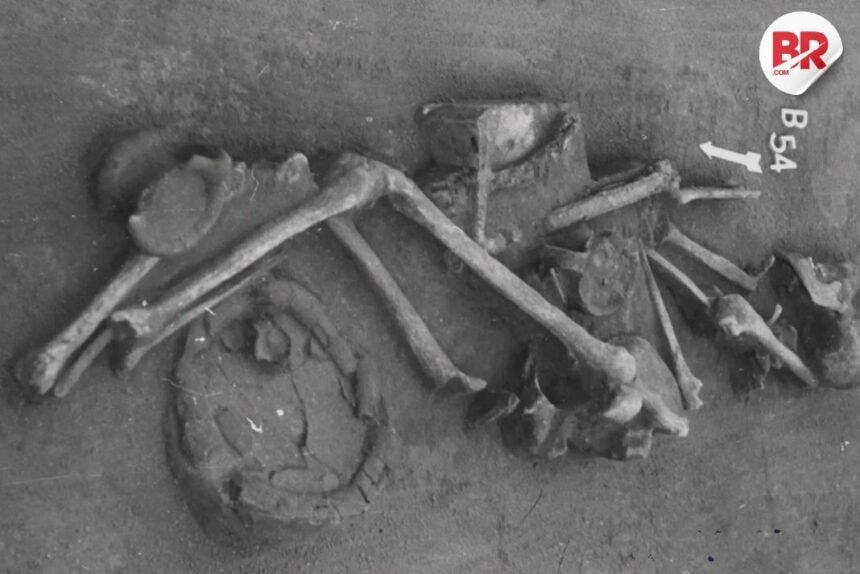
A newly studied 3,500-year-old cemetery in Hungary is helping scientists understand how life changed during the Bronze Age in Central Europe around 1500 BC. The cemetery, located at Tiszafüred-Majoroshalom, was used during both the Middle Bronze Age (Füzesabony culture) and the Late Bronze Age (Tumulus culture). By studying the bones and remains found at the site, researchers discovered major changes in how people lived, what they ate, and how they interacted with others.
One of the biggest changes was in the people’s diet. During the Middle Bronze Age, people ate a wider variety of foods. Some individuals, likely from wealthier families, had better access to meat and animal products. But in the Late Bronze Age, diets became much simpler and poorer. Most people ate mainly plant-based foods, and meat was much less common in their meals. This shows that there was less difference between rich and poor in terms of food, but also that overall nutrition went down.

Another key discovery was the introduction of a new grain called broomcorn millet. This was the first known use of millet in Europe. Millet grows quickly and provides a good amount of energy, so it likely helped people survive even though their meals became less varied. Its arrival marked a shift in farming and food habits during that time.
The researchers also found that people were moving around less. In the Middle Bronze Age, some individuals buried in the cemetery had come from nearby areas like the Upper Tisza region or the Carpathian Mountains. However, in the Late Bronze Age, most people were local, and those who did come from elsewhere likely traveled from farther regions like Transdanubia or the Southern Carpathians. This suggests that migration and mobility had decreased over time.
Social life also changed. In the earlier period, people lived in well-organized village communities. But by the Late Bronze Age, those settlements were abandoned, and people began living in smaller, more scattered groups. This led to a less structured society. The change is also reflected in the diet, as the lack of animal protein suggests a shift away from animal husbandry as the main way of life.
Overall, this new research challenges the old idea that people in the Tumulus culture were mostly nomadic animal herders. Instead, it shows that around 1500 BC, there was a major shift toward a more settled and simpler way of life. The study, led by Hungarian and Italian scientists, offers a fresh perspective on how Bronze Age communities adapted to new challenges and changed their way of living.












